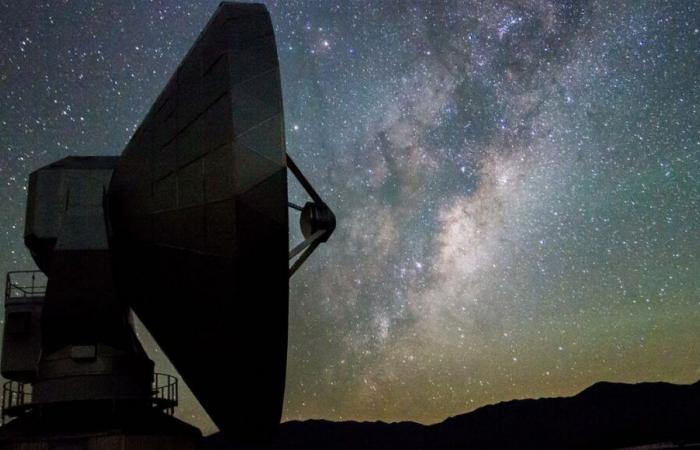At the start of 2024, a research team made the accidental discovery of a starless galaxy, reigniting interest in dark galaxies. Today we are looking at these galaxies which intrigue observers of the universe: galaxies which do not shine or shine very little, but which contain a lot of gas and which can be gigantic.
Interest in these galaxies arose in the 1980s and if they float on the border between the hypothetical object and the very real object, they continue to intrigue the community of astronomers.
Will new observation techniques allow us to understand why these galaxies remain extinct? Are these galaxies more numerous than the visible galaxies?
See the invisible
Find le thread of today's show on the BlueSky thread of La Science, CQFD.
Here are the black galaxies (Epsilon, 2024)
The discovery of 39 invisible galaxies questions our theories about the evolution of the Universe (CEA, 2019)
MUSE instrument completes deepest spectroscopic survey ever (ESO, 2017)
How will the Euclid mission allow us to better understand the structure of dark galaxies?
A report produced by Alexandre Morales
Report with astrophysicist Marc Sauvage, one of the scientific leaders of the Euclid space mission. This satellite, launched by the European Space Agency in 2023, should allow us to understand how dark matter could have influenced the formation of these dark galaxies.
LA_SCIENCE_CQFD – Report
7 min
Musical references
Today's headline: Strange galaxy by JACK AREL & JEAN
The opening credits: goca world by Altin Gun
The end credits: Pingpxng par Yin Yin






